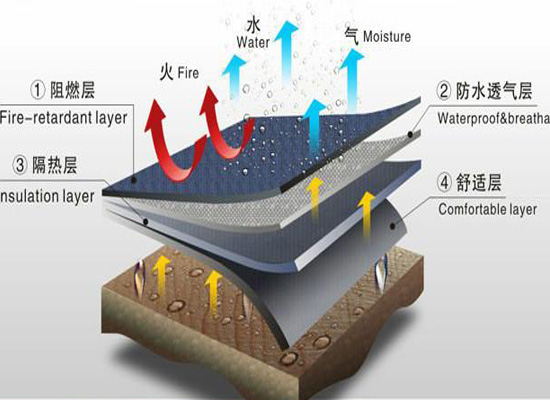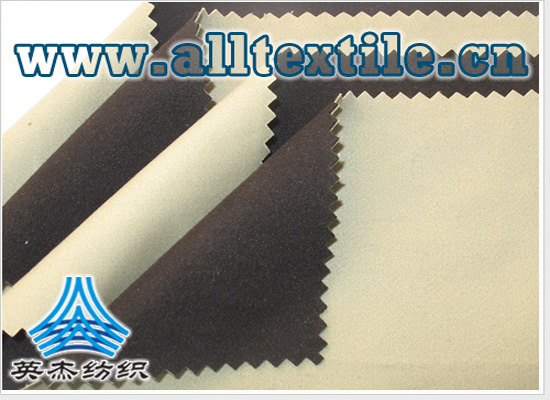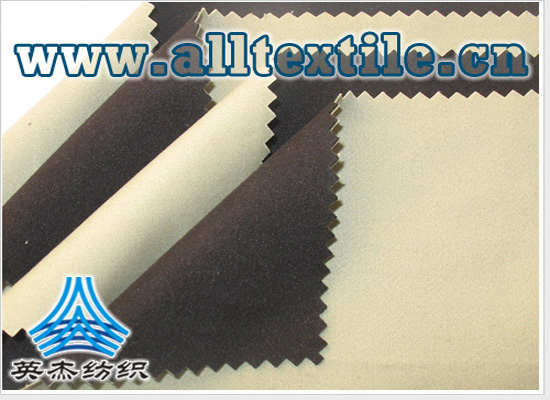Polyurethane rigid foamCommon defects and solutions in the application of on-site foaming technology

1. Foam falling off
In winter or rainy days, due to spraying If the temperature of the surface (body frame and inner surface of the outer skin, etc.) is too low, or the humidity in the air is too high, there will be moisture on the surface of the workpiece, which will reduce the adhesion between the bottom layer of foam and the workpiece and make it easy to fall off quickly. In addition, when there is oil, dust on the surface and skeleton to be coated, or the proportion of ingredients is out of balance (too much A material), the adhesion of the foam layer will also be reduced. The solution is: before spraying and foaming, surface treatment of the skeleton and skin should be done. When constructing on rainy days with high humidity, find ways to dry the moisture on the surface of the sprayed workpiece; during winter construction, the raw materials should be heated, and if possible, It is necessary to preheat the surface and skeleton to be coated; if necessary, increase the proportion of component B (or reduce the proportion of component A) to speed up the reaction and improve adhesion.

2. Foam shrinkage
Foam shrinkage refers to the phenomenon that the surrounding area of the foam body shrinks after the foam body is formed, leaving a large gap between the foam body and the body frame, affecting the bonding strength and sealing, and making it easy to fall off. The reason is that during winter construction, the viscosity of the material increases, the fluidity becomes worse, and the foam shrinks in volume during the forming process. The solution is to heat the raw materials and air, and appropriately increase the air flow (speed) to mix the materials evenly and speed up the reaction.
3. Dead foam
Dead foam refers to the foam formed Too dense or not foaming. This is because there is insufficient foaming agent in the raw materials or the temperature is too low. The solution is to heat the raw materials, increase the air volume, adjust the formula, and increase the catalyst and foaming dosage during winter construction to shorten the reaction time. If dead foam occurs during construction at normal temperatures, it may be because material A has been stored for too long and the foaming agent has evaporated. At this time, part of the foaming agent needs to be added to material A.

4. The foam is too brittle
This is mainly due to improper proportion of raw materials and excessive use of component B. The solution is to appropriately lower the flow rate of material B to reduce the amount of isocyanate.
5. The foam is too soft
On the contrary, the foam is too brittle. It is mainly related to the low material ratio of component B. Just increase the amount of component B appropriately (or reduce the material of component A).






